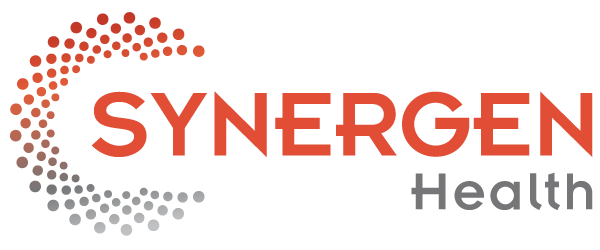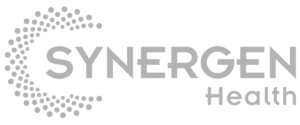 Healthcare wages are rising—California recently enacted legislation raising the minimum wage for healthcare employees. The new law, SB 525, has far-reaching implications for healthcare facilities in the state, including ambulatory surgery centers (ASCs).
Healthcare wages are rising—California recently enacted legislation raising the minimum wage for healthcare employees. The new law, SB 525, has far-reaching implications for healthcare facilities in the state, including ambulatory surgery centers (ASCs).
This measure rightly prioritizes the welfare of healthcare workers, but it also presents a financial challenge for healthcare providers. As operational costs rise, healthcare facilities need efficient strategies to maintain financial sustainability.
And while this legislation affects California specifically, other states are not exempt from rising wages and operational costs. In fact, high labor costs are actively contributing to weaker margins for hospitals. And although ASCs case volumes are expected to grow significantly, their growth largely depends on how well they can mitigate rising costs.
Now more than ever, it’s essential for healthcare organizations to find innovative solutions to manage expenses without compromising the quality of care. Giving your revenue cycle a boost with AI-powered technology can play a crucial role in reducing the effects of rising labor and operational costs.
Here’s how:
1. Automation of Repetitive Tasks
AI can automate routine and time-consuming tasks within the revenue cycle, such as data entry, claims processing, and eligibility verification—alleviating the workload on human staff and allowing them to focus on more complex and strategic activities.
2. Efficient Resource Allocation
By analyzing historical data and current workflows, AI can optimize staffing levels. Organizations can use these insights to make informed decisions about efficient human resource allocation avoid overstaffing and overpaying for labor.
3. Streamlining Claim Processing
AI algorithms can enhance the speed and accuracy of claim processing. Faster claim processing not only accelerates revenue cycles but also reduces the need for extensive manual labor, thereby minimizing associated costs.
4. Denial Prediction and Prevention
AI can analyze patterns in claims denials, helping organizations predict and prevent denials before they occur. This active approach reduces the need for extensive manual intervention in the claims denial management process.
5. Billing and Coding Accuracy
Billing and coding accuracy is paramount if your organization wants quick payments. AI-powered tools can assist in ensuring accurate and compliant billing and coding, which is especially useful for busy and understaffed teams. Healthcare organizations can avoid costly rework and audits by reducing errors in these critical processes.
6. Patient Engagement and Self-Service
AI-driven patient engagement tools can provide patients with transparent billing information and personalized payment options. When patients have access to easy-to-use tools, it reduces the need for extensive manual follow-up with patients and can lead to more timely payments, mitigating the impact of labor-intensive collection efforts.
7. Efficient Prioritization of Tasks
AI can prioritize tasks based on urgency and complexity, ensuring staff members focus on high-priority activities requiring human expertise. This helps in maximizing the efficiency of human resources.
8. Training and Skill Development
AI-powered platforms can assist in the training and skill development of staff. Organizations can reduce the time and resources required for staff education by automating specific training processes and providing real-time feedback.
9. Scalability
Scalability is a huge factor to consider when implementing new technology, especially when it deals with something as essential as your revenue cycle. AI solutions can scale quickly and meet growing demands without a linear increase in labor costs.
10. Continuous Process Improvement
AI can continuously analyze data to identify opportunities for process improvement. This iterative approach helps refine workflows over time, making them more efficient and cost-effective.
Overcome Rising Costs With AI-Powered RCM
By leveraging AI-powered RCM solutions, healthcare organizations can enhance operational efficiency, reduce labor costs, and ultimately contribute to maintaining or improving profitability in the face of rising expenses.
By harnessing the power of automation, artificial intelligence, and advanced analytics, our RCM solutions offer a strategic response to this challenge.
Wondering how your organization could benefit from an AI-powered RCM solution? Request a free assessment.

